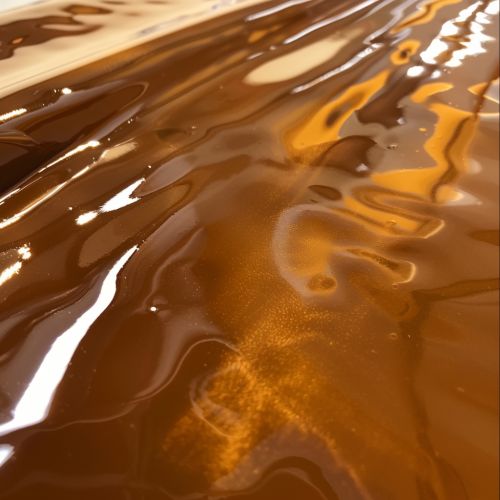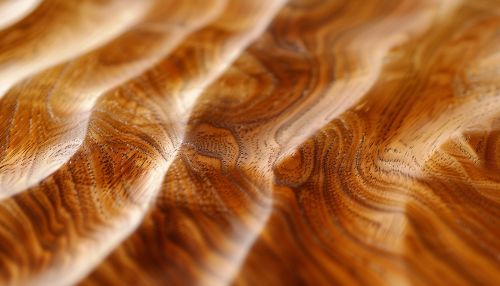Surface coating
Introduction
Surface coating is a process that involves the application of a thin layer of material, known as a coating, onto the surface of another material, referred to as the substrate. The purpose of applying a surface coating can vary, but it is generally intended to protect the substrate from environmental or mechanical damage, to improve its aesthetic appeal, or to provide it with specific functional properties.
Types of Surface Coatings
There are several types of surface coatings, each with its own unique properties and applications.
Paints
Paints are perhaps the most common type of surface coating. They are typically applied to surfaces to protect them from corrosion, wear, and environmental damage, as well as to improve their aesthetic appeal. Paints consist of a pigment, which provides color and opacity, a binder, which holds the pigment particles together and provides adhesion to the substrate, and a solvent, which controls the flow and application properties of the paint.
Varnishes
Varnishes are transparent or semi-transparent surface coatings that are typically applied to wood to enhance its natural beauty and protect it from damage. Varnishes are made from a resin, a drying oil, and a solvent or thinner.
Lacquers
Lacquers are clear or colored coatings that dry by solvent evaporation to produce a hard, durable finish. They are typically used on furniture, musical instruments, and other objects to enhance their appearance and protect them from damage.
Enamels
Enamels are surface coatings that dry to a hard, glossy finish. They are typically used on metal surfaces to provide a durable, corrosion-resistant coating.
Powder Coatings
Powder coatings are a type of coating that is applied as a free-flowing, dry powder. The coating is typically applied electrostatically and is then cured under heat to allow it to flow and form a "skin". Powder coating is used for coating of metals, such as household appliances, aluminium extrusions, and automobile and bicycle parts.
Surface Coating Processes
There are several processes that can be used to apply a surface coating to a substrate. The choice of process depends on the type of coating, the substrate material, and the desired properties of the finished product.
Brushing
Brushing is a simple and common method of applying a surface coating. It is typically used for small-scale applications or for applying coatings to complex or irregularly shaped surfaces.
Spraying
Spraying is a method of applying a surface coating in which the coating material is atomized into a fine mist and then directed onto the substrate. This method is commonly used for large-scale applications or for applying coatings to large, flat surfaces.
Dipping
Dipping is a process in which the substrate is immersed in a bath of the coating material and then withdrawn at a controlled rate. This method is commonly used for coating objects with a uniform cross-section, such as wires or tubes.
Electroplating
Electroplating is a process that uses an electric current to reduce dissolved metal cations so that they form a thin coherent metal coating on an electrode. This method is commonly used for coating metal objects with a thin layer of a different metal.
Chemical Vapor Deposition
Chemical vapor deposition (CVD) is a process in which a solid material is deposited from a vapor by a chemical reaction occurring on or in the vicinity of a normally heated substrate surface.
Properties of Surface Coatings
The properties of a surface coating are determined by the type of coating material and the method of application. These properties can include hardness, adhesion, chemical resistance, corrosion resistance, wear resistance, and optical properties.
Applications of Surface Coatings
Surface coatings are used in a wide range of industries and applications. They are used to protect materials from corrosion, wear, and environmental damage, to improve their aesthetic appeal, and to provide them with specific functional properties.


